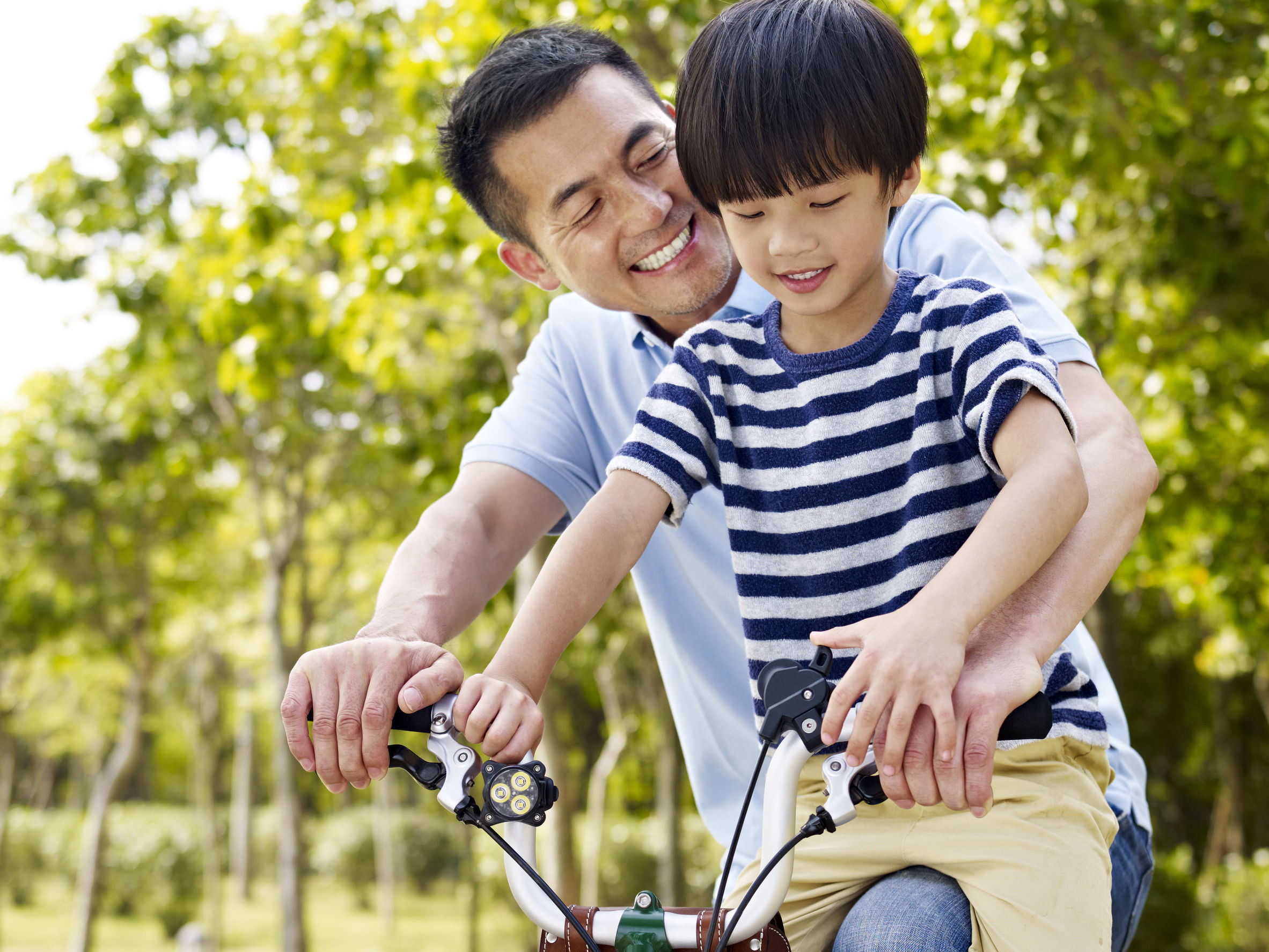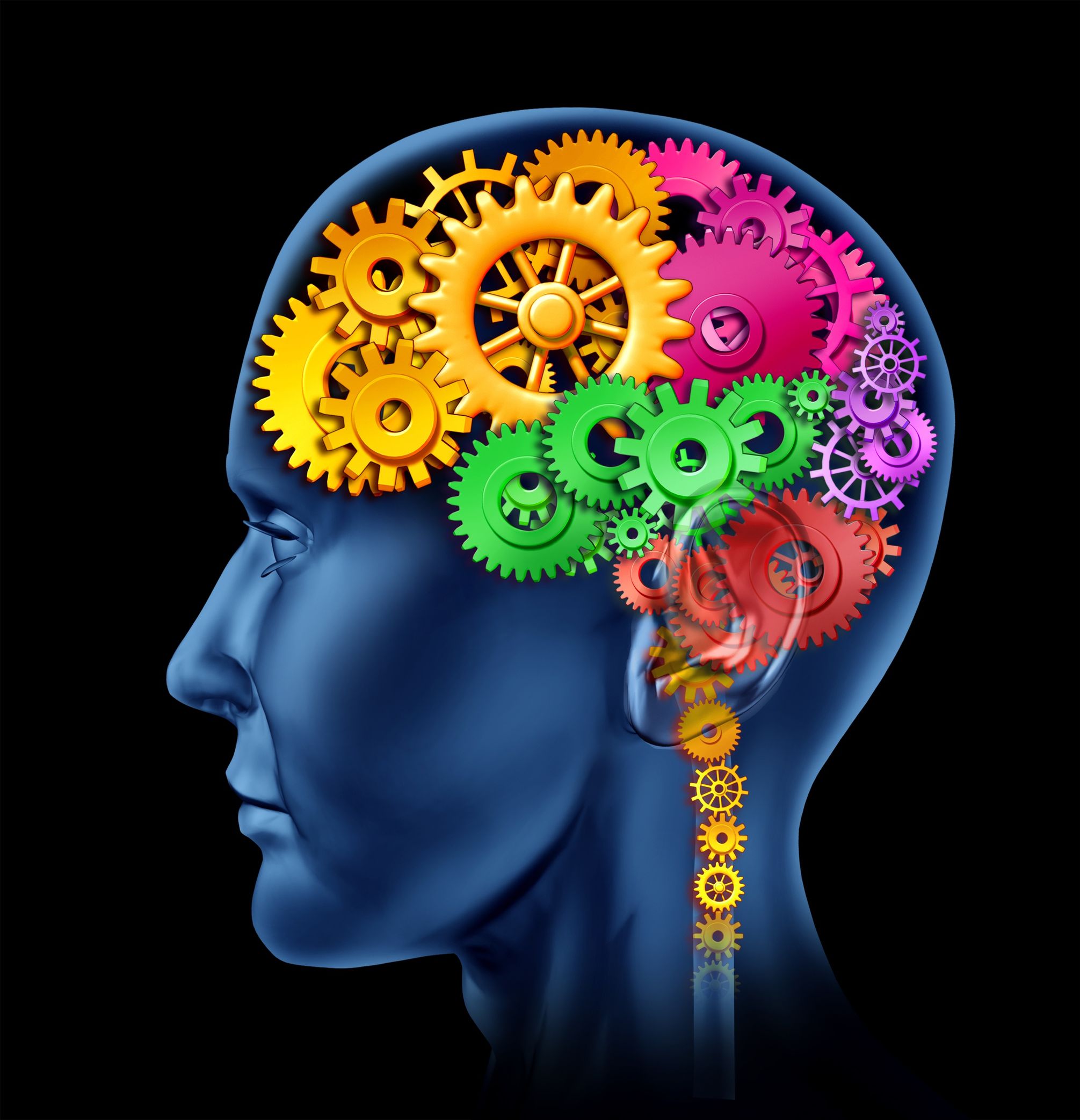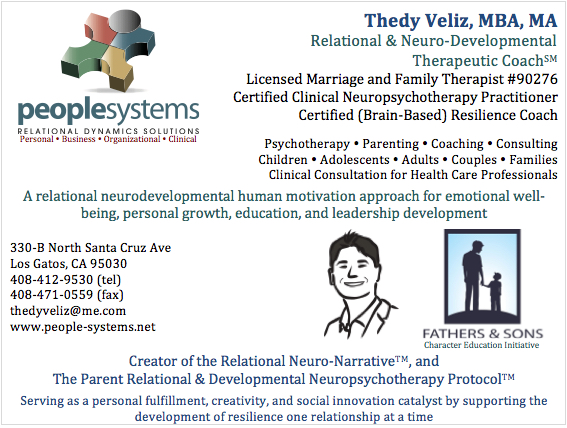Treatment Deliverables When Working with Youth and Families
Through the People Systems Relational & Neuro-Developmental Approach to Human Dynamics, parents and caregivers will learn relational interventions which tap into the neuroscience of human dynamics as a way to provide the support that their children need to learn how to self-regulate their stress response system in order to improve behavioral and emotional challenges such as:
• How to shift the conceptualization of the child’s challenges from the child being inappropriate (e.g., irritable, disrespectful, unmotivated, lazy, uncooperative) to the child not feeling well inside (e.g., I am bad, damaged, not good enough, a looser) in order to elicit empathy in the parent.
• What are Relational Neuro-Narratives™ and how to use them as a “bottom-up” (Rossouw, 2014) intervention to soothe the child’s stress response system.
• How to use “The three Rs” – Do not react, retreat or retaliate (Axelman & Shapiro, 2012) – in order to enhance the relationship.
• The role of consequences as 'reparative' vs. punitive interventions.
• How to use play, soft touch, prosody, eye contact, and laughter to assist the child to feel relaxed (Baylin & Hughes, 2016).
• The power of using PACE (playfulness, acceptance, curiosity, empathy) (Hughes, 2009).
• The effect of the parent taking responsibility of the current challenge to “unburden” the child.
• How to use memory reconsolidation (Ecker et al., 2013) to help the child 'update' the meaning of old memories (i.e., the child’s primitive narratives) that might be affecting the child’s functioning.
• The power of joining and how to join with anything related to your child (e.g., behavior, attitude) (Hughes, 2009).
• The primacy of early learning and negative emotions (Cozolino, 2016).

Parents and caregivers will also learn about how the above-mentioned interventions are supported by recent research findings in affective and developmental neuroscience including:
• How conceptualizing the symptoms that motivate most parents to seek counseling for their children as the result of the child’s disregulated stress response system can assist in focusing on the relationship between parent and child as the most important curative ingredient (Veliz, 2017).
• Why oxytocin is the parent’s most powerful ally in downregulating the functioning of the child’s stress response system along with the type of interventions that will quickly result in the release of oxytocin in the brains of both the parent and child (Cozolino, 2014).
• How eliminating “chronic opioid blocks” can result in the child being able to feel pleasure when the parent provides support as the child is disregulated (Baylin & Hughes, 2016).

• The role of the hippocampus in enhancing the connections between the prefrontal cortex and the lower parts of the brain in order to bring time and context to early traumatic memories resulting in the integration of the child’s cohesive life narrative (Rossouw, 2015).
• How the power of human connections can mitigate the effect of negative epigenetic processes that could have happened early in life (starting in utero) and in previous generations due to adverse experiences (Heijmans et al., 2009; Meaney, 2010; Peckham, 2013; "The neuropsychotterapist essential guide", 2016).
• How repeated cycles of attunement, misattunement, and repair strengthen the child’s ability to self-regulate through the improvement of vagal tone and through the growth of the child’s top-down regulatory system – the VMPFC-amygdala-hippocampal circuitry (Baylin & Hughes, 2016).
• How when the parent assists the child to develop a cohesive narrative of his life experiences within the context of a dyadic connection, the child shifts into his internal world activating his default mental network which results in the child’s capacity for reflective functioning, mentalization, and mindsight (Baylin & Hughes, 2016).

References
- Axelman, M. J., & Shapiro, J. L. (2012). An introduction to child counseling and psychotherapy: A relational developmental approach. Unpublished Manuscript.
- Baylin, J. & Hughes, D. A. (2016). The neurobiology of attachment focused therapy: Enhancing connection and trust in the treatment of children and adolescents (Norton Series on Interpersonal Neurobiology). WW Norton & Company.
- Cozolino, L. (2014). The Neuroscience of Human Relationships: Attachment and the Developing Social Brain (Norton Series on Interpersonal Neurobiology). WW Norton & Company.
- Cozolino, L. (2016). Why therapy works. The Neuropsychotherapist. 4 (1) Jan 2016, 7-16.
- Ecker, B., Ticic, R., Hulley, L. (2013). A primer of memory reconciliation and its psychotherapeutic use as a core process of profound change. The Neuropsychotherapist, 1: 82-99.
- Heijmans, B. T., Tobi, E. W., Lumey, L. H., & Slagboom, P. E. (2009). The epigenome: archive of the prenatal environment. Epigenetics, 4(8), 526-531.
- Hughes, D. A. (2009). Attachment-focused parenting: Effective strategies to care for children. WW Norton & Company.
- Meaney, M. J. (2010). Epigenetics and the biological definition of gene× environment interactions. Child development, 81(1), 41-79.
- Peckham, H. (2013). epigenetics: the dogma-defying discovery that genes learn from experience. international journal of neuropsychotherapy, 1, 9-20.
- Rossouw, P. J. (2015). Resilience: A neurobiological perspective. Neuropsychotherapy in Australia, 31: 3-8.
- The psychotherapist’s essential guide to the brain, part 9, Epigenetics (2016). The neuropsychotherapist , 4 (10).
- Veliz, T. O. (2017). The use of relational neuro-narratives: A parent neuropsychotherapy relational approach to working with young clients. Unpublished Manuscript..
